Don’t believe everything you hear
If you believe everything you hear about health, nutrition, and fitness, it would be impossible to make a decision on what to eat, how to exercise, and more. There’s a lot of information out there, and some of it is less-than-reliable (and much of it conflicting). So we asked experts about the specific health myths they hear all the time and to set the record straight on the myths and facts that could damage your health.
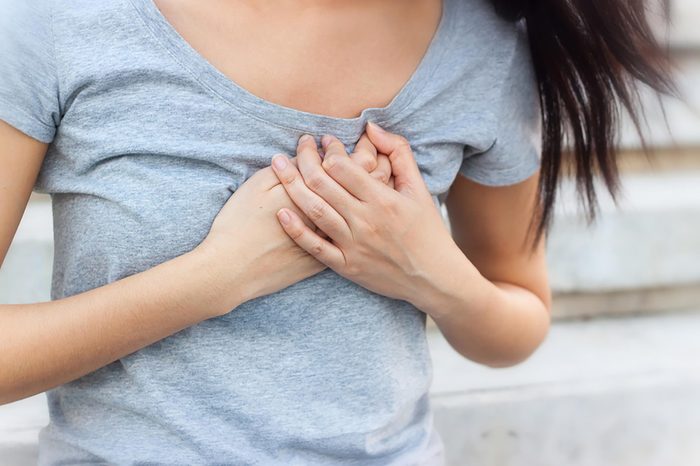
Myth: If you’re not having chest pain, it’s not a heart attack
Although chest pain and pressure like there’s an elephant sitting on your chest is a common sign of a heart attack, it’s not the only one, especially for women. “Women are more likely to experience some atypical symptoms, such as shortness of breath, heartburn, fatigue, dizziness, nausea, and neck, back, or arm pain,” says Laxmi Mehta, MD, a cardiologist at The Ohio State University Wexner Medical Center. “These subtle symptoms can sometimes make it difficult for women to recognize that something may be wrong with their heart.” According to the American Heart Association, symptoms can even seem like the flu, and may lead women to delay getting treatment. Watch out for these other sneaky heart attack symptoms women shouldn’t ignore.
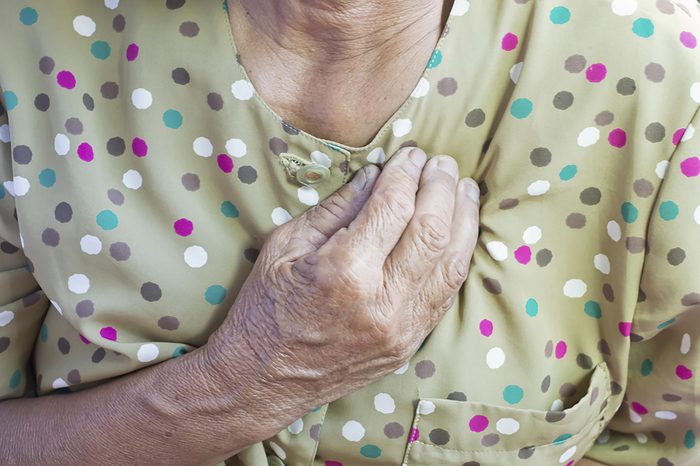
Myth: Men are at greater risk from heart attack than women
We tend to think of heart disease as a male problem—but it’s the number one killer of both men and women. An American Heart Association and CVS survey found that most women don’t feel they have a personal risk for heart disease, which isn’t true. “Many women worry about ‘bikini medicine’—breast and reproductive health—as being their largest risk,” Dr. Mehta says. “Almost 400,000 deaths were attributed to cardiovascular disease and 41,000 to breast cancer in women in a recent publication from the American Heart Association using data from the CDC.” Myths about women and heart disease don’t just exist for patients—in the American Heart Association survey, providers focused more on women’s weight rather than other factors like high blood pressure or high cholesterol, which could cause some at-risk women to be overlooked. In fact, women may be more vulnerable after a heart attack than men. According to one 2017 study in the journal PLOS One, women were more likely than men to die in the year after having a heart attack, .
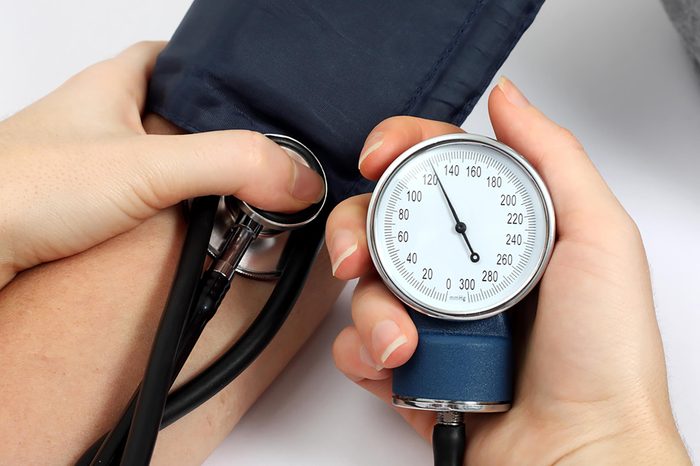
Myth: You “know” when you have high blood pressure
When we think of high blood pressure, we picture someone sweating and nervous with a flushed face. However, on its webpage of Blood Pressure Symptoms, the American Heart Association cheekily says: “If you are looking for a list of symptoms and signs of high blood pressure, you won’t find them here. This is because most of the time, there are none.” According to Ragvendra Baliga, MD, a cardiologist at The Ohio State University Wexner Medical Center, high blood pressure (hypertension) is called the “silent killer” because it usually doesn’t cause symptoms until there’s major damage to vital organs. “Uncontrolled hypertension can ultimately lead to serious damage such as stroke, heart failure, and kidney failure, so it is important to detect high blood pressure before it causes damage,” he says. Even if you feel fine, it’s important to see your doctor regularly to get your blood pressure checked.
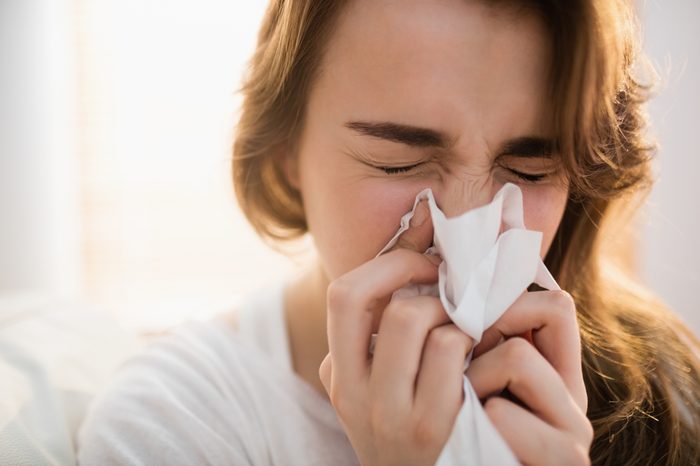
Myth: You should tilt your head back when you get a nosebleed
It’s almost a reflex to tilt your head back or recline to prevent blood from pouring out when you get a nosebleed—but doing so could actually be dangerous. “Do not lie down or tilt the head back, as this will increase risk of choking and swallowing blood,” says Erin Farrell, MS, RN, nurse manager, Emergency Services at The Ohio State University Wexner Medical Center. Swallowing blood during a nosebleed can also irritate the stomach and cause nausea, according to research in Postgraduate Medical Journal. Instead, Farrell advises blowing your nose when bleeding starts, which may increase the flow initially but will clear the nasal passage. Then, “stand or sit while bending forward at the waist, and pinch the soft part of the nose, below the bony portion, on both sides for 10 minutes while leaning forward,” she says. Although most nosebleeds don’t require medical attention, seek care if you have other symptoms like dizziness or headache, or if you can’t breathe, it won’t stop gushing, or you’re on blood thinners.
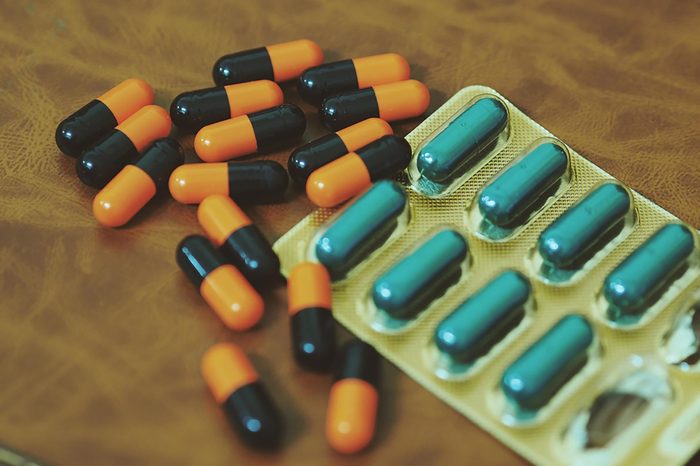
Myth: You don’t need to take the full course of antibiotics if you’re feeling better
It’s not always pleasant or convenient to take medicine, so once you start feeling better it’s tempting not to finish the full course of treatment. But not doing so could actually lead to you getting sick all over again. “Oftentimes we will begin to feel better before we have completely cleared a bacterial infection,” says James Dewar, MD, vice chairman of family medicine at the University of Pittsburgh Medical Center. “Stopping the antibiotics too soon can allow the infection to rebound, as well as encourage the growth of bacteria that can better resist the antibiotic that was used.” The World Health Organization says research has been done on how long each antibiotic course should be to determine the shortest length possible, so you should follow your doctor’s prescription. (You should ask your doctor these questions before taking antibiotics.)
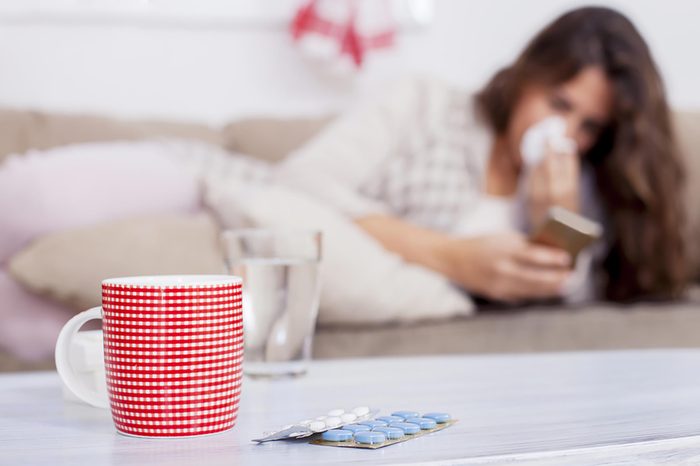
Myth: You should take antibiotics if you have a cold
Our first instinct when we get sick is to want medicine to feel better, so it’s natural to head to the doctor for a prescription for antibiotics. But for the common cold, antibiotics will not actually work. “The vast majority of these infections are caused by viruses, and most are gone or almost gone in about two weeks,” Dr. Dewar says. Antibiotics don’t affect viruses, so they will never make colds go away any faster. Taking antibiotics unnecessarily can breed stronger, more deadly bacteria, so to avoid creating “superbugs” you should only take antibiotics for infections they’ll actually cure. “This leads to the old medical advice, ‘We can leave your cold alone and you’ll get better in 14 days, or you can take an antibiotic and feel better in two weeks,'” Dr. Dewar says.
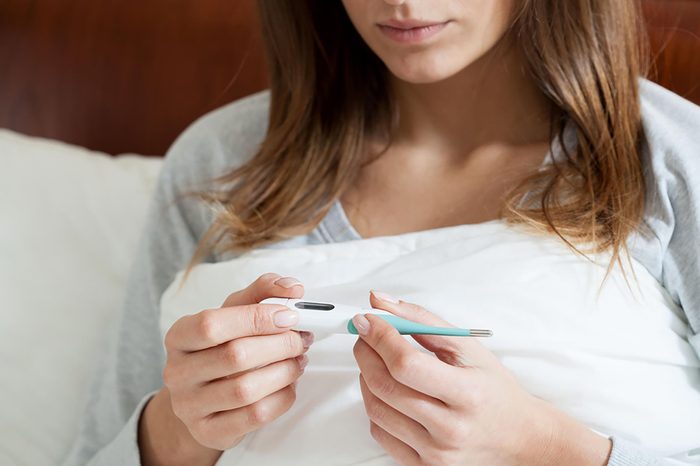
Myth: Feed a cold; starve a fever
The old adage that says you shouldn’t eat if you have a temperature could deprive you of essential nutrients and delay your recovery. Your body needs fuel to fight the infection, which is why your body’s temperature has gone up in the first place as it raises your metabolism to ward off the invaders. One study in the journal Cell found that when you’re sick, your nutritional needs go up thanks to the increase in your metabolic rate. Although you might feel a loss of appetite, eat healthy foods you can tolerate and stay hydrated.
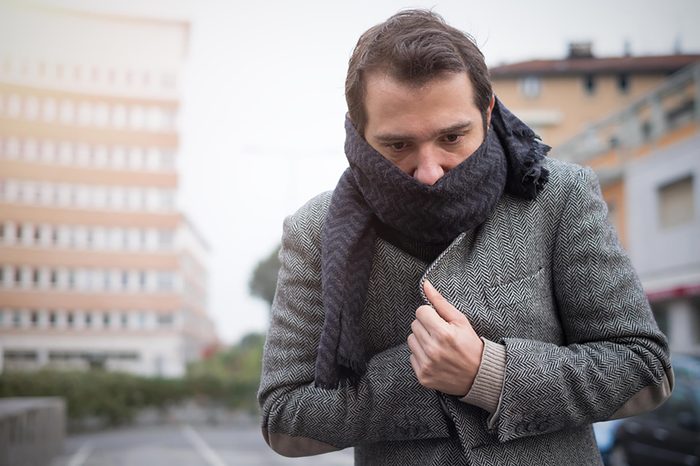
Myth: You lose most body heat through your head
This myth is likely based on misinterpreted info from 1950s science experiments, but it’s still good if it reminds you to wear a hat. However, that shouldn’t lead you to neglect wearing a jacket or long pants when it’s cold out either (as in the recent trend of young men wearing shorts in the winter!). “It appears that we lose heat fairly proportionately across our skin surface, so how much we lose from our heads depends on that,” Dr. Dewar says. “Children’s heads are in general much larger in proportion to the total body surface area, so children lose the most heat from their heads—probably about 30 percent, and adults a smaller percentage.”

Myth: You won’t catch a cold just from being cold
The old wives’ tale that if you go out without a jacket you’ll catch a cold may actually have some merit, so you should definitely bundle up. “Research in Japan has shown that some viruses that cause colds actually are more active and infective in colder temperatures,” Dr. Dewar says. “Research in the U.S. has also shown that our immune systems are better at fighting off viruses that cause colds at warmer temperatures.” But, he says, the biggest risk factor in catching a cold is still being exposed to someone who is sick, and we all tend to be closer together inside when it’s cold outside. (Find out the clear signs a cold is coming, and how to stop it.)
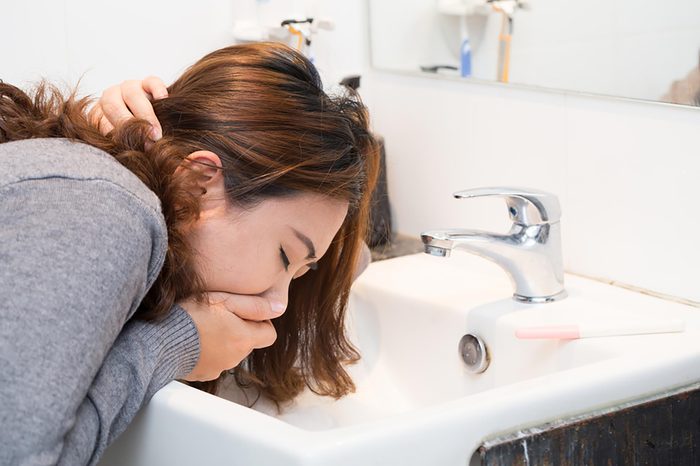
Myth: Vomiting is a sign of the flu
Somehow infections that affect the GI tract resulting in gastroenteritis got mixed up with influenza, which is the actual “flu.” But they are really two totally separate infections. “Stomach ‘flu’ is most often caused by viruses that infect the GI tract like cold viruses infect the nose and sinuses,’ Dr. Dewar says. “Vomiting is a frequent symptom of this type of infection but not often the only symptom—others include diarrhea, nausea, sweating, fever, tiredness, or body aches.” Mistaking gastroenteritis for influenza could confuse you as to how to treat it. Some types of gastroenteritis infections are bacterial, which means they can actually be cured with antibiotics—the flu, which is a virus, can’t be. Plus, the flu vaccine will not protect you against the “stomach flu” either.
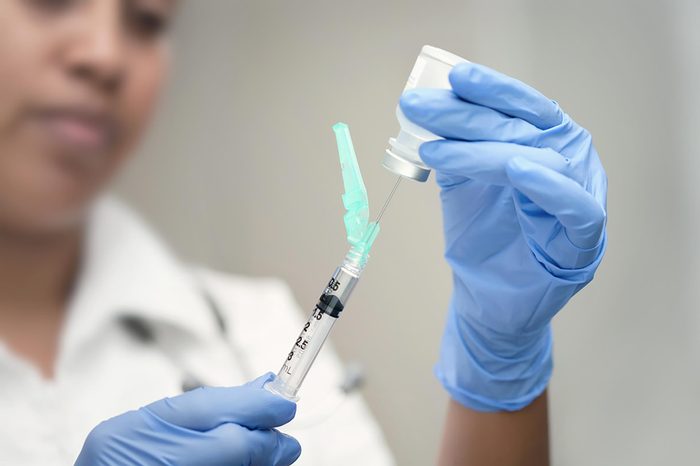
Myth: Getting the flu shot will give you the flu
Many people have anecdotal evidence of getting sick after receiving the vaccination—but even with mild side effects, getting the vaccine is still better for your health than risking the flu, which can be dangerous when spread to children, pregnant women, the elderly, and other people with compromised immune systems. “Sometimes folks will get some mild flu symptoms due to the body’s immune response to getting the vaccine, which can mean some soreness at the injection site or some mild fever and body aches,” Dr. Dewar says. “This is mild compared to the more severe symptoms of a bad case of influenza.” The flu vaccine doesn’t actually contain the live virus, and according to the CDC, studies show there are no differences in terms of body aches, fever, cough, runny nose, or sore throat between people who got the flu shot and those who got a saline injection. It can take a couple of weeks for your body to develop protective antibodies after you get the flu shot, and if you get sick you may have actually been infected with the virus before or just after your flu shot. What’s more, flu shots are considered a success if they lessen the severity of infections—reducing the rates of hospitalizations and deaths. If you do get sick with the flu, your symptoms should be less severe if you’ve had your flu shot.

Myth: You can’t die of a broken heart
We picture heroines in Victorian novels dying from broken hearts, although our jaded modern society doesn’t believe it’s possible. But ignoring the risk factors behind “broken heart syndrome” could put you in jeopardy of cardiac distress. According to the American Heart Association, there are well-established links between mental health and heart disease. One study in JAMA Internal Medicine found that the risk of a heart attack after the death of a loved one was double that of people who were not grieving. Very stressful events can also affect the heart with “stress-induced cardiomyopathy” or “takotsubo cardiomyopathy.” First described in Japan, in this condition a part of the heart temporarily enlarges and can sometimes, though rarely, be life threatening. (it can also happen from being frightened, so being “scared to death” is also a possibility).
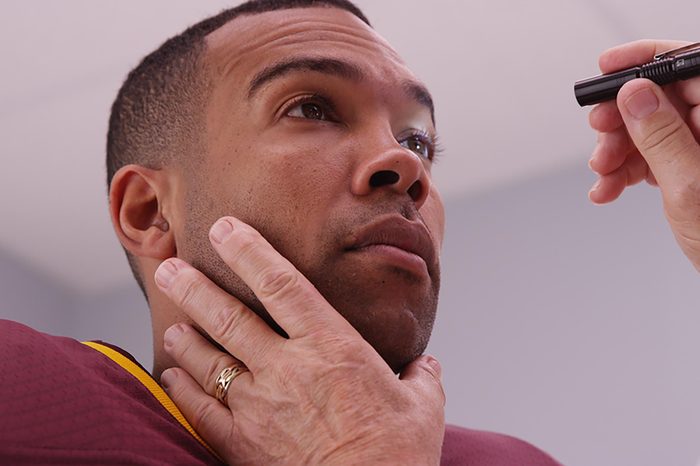
Myth: You should keep a person with a concussion awake
Concussions have been in the news a lot lately due to the recognition that they are a problem in sports, even at the school level. But one outdated piece of advice that could actually hinder a person’s recovery is that they shouldn’t go to sleep. “Sleep is extremely important when recovering from concussion,” says Andrea Almeida, MD, a sports neurologist and co-director of Michigan NeuroSport. “In the first four to six hours after a concussive injury, it’s important to monitor the individual, looking for any signs of mental status changes or deterioration, significant worsening of symptoms, or new focal neurologic findings.” These signs may indicate bleeding in the brain. But, “after this, if the individual remains stable and does not demonstrate any concerning signs, then sleep is recommended to aid recovery,” Dr. Almeida says.
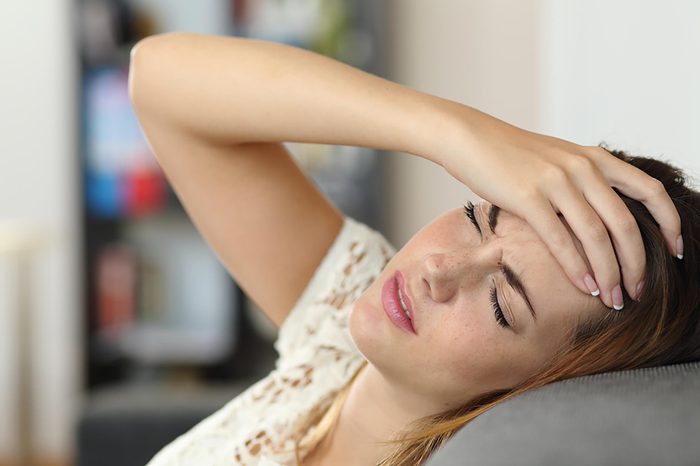
Myth: Migraines are just a bad headache
Migraines and headaches are totally different in terms of their causes, symptoms, and treatment, so believing this myth could prevent you from getting the help you need. “Migraine is a very complicated neurologic disorder that activates multiple parts of the nervous system,” says Wade Cooper, DO, director of Michigan Medicine’s Headache and Neuropathic Pain Program. “Migraine is far bigger than headache, meaning it includes nausea, light, and sound sensitivity, and functional impairment.” It can also lead to sleep dysfunction and mood disorders like anxiety and depression, but the specifics on the link between migraine and anxiety are complex, according to the American Migraine Foundation.

Myth: You should avoid eating eggs
There is constantly new and emerging research on eggs and cholesterol. Eggs, which are naturally high in dietary cholesterol, were once thought to raise blood cholesterol. Now we know that saturated fat and other factors have a greater impact on blood cholesterol than dietary cholesterol. “Eggs are not off-limits,” says New Jersey-based dietitian Erin Palinski-Wade, RD, CDE, author of Belly Fat Diet for Dummies. Eggs are rich in protein, vitamin B12, and other nutrients. That said, the 2015-2020 Dietary Guidelines for Americans still recommended trying to limit dietary cholesterol as much as possible, so it’s best to enjoy eggs in moderation.
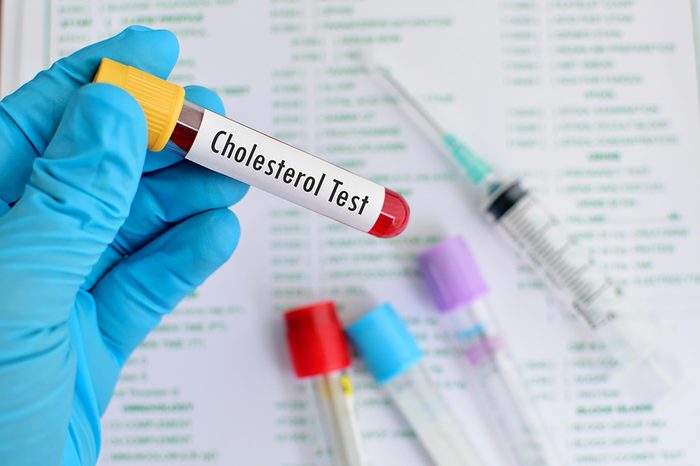
Myth: Heart risk is as simple as “good” vs “bad” cholesterol
The scientific research on cholesterol is ongoing and we learn more all the time about how it affects heart disease risk. Although the facts are still being uncovered, not adhering to the most up-to-date recommendations could have health implications. For example, if you’re relying on your “good” (HDL) cholesterol to protect your cardiovascular health, you might be out of luck—a study found that raising HDL above a certain limit didn’t improve mortality rates from heart disease. In general, higher levels of HDL or “good cholesterol” and lower levels of LDL or “bad cholesterol” are thought to be better for health. However, doctors also look at triglycerides (another type of fat), as well as risk factors including smoking, being overweight, a sedentary lifestyle, and family history when accessing an individual’s heart disease risk.
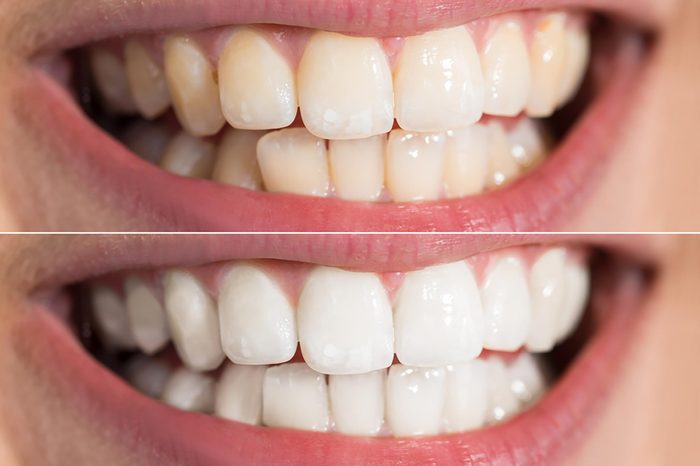
Myth: Healthy teeth are bright white
The natural color of our teeth is darker than you might think, and a quest for pearly whites may lead you to overuse bleaching products to correct your “yellow” chompers. Although the American Dental Association says that the products are safe when used properly and monitored by a dentist, our obsession with teeth whitening may be leading people to use them improperly.
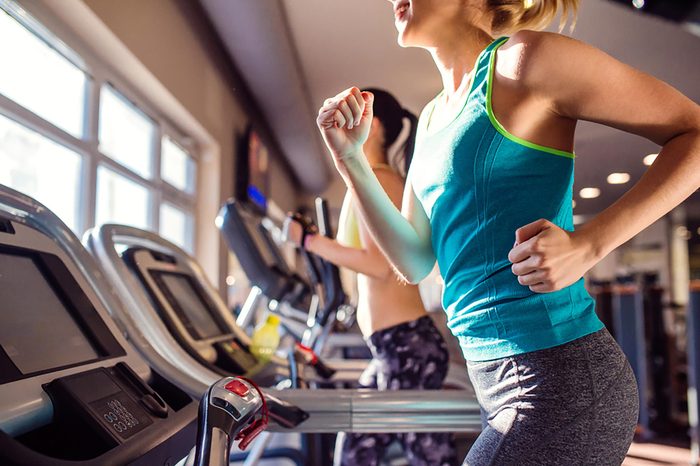
Myth: Running on a treadmill is better for your knees than pavement
You might think that running puts a lot of stress on your joints, particularly your knees—so it would seem to make sense that a softer treadmill is better for that morning jog than hard pavement. Except it’s not. “Both forms of running place a large amount of stress on your joints since your own body weight is the cause of the pounding,” Palinski-Wade says. In other words, the stress comes from above and isn’t really cushioned by what’s below, so running on a treadmill is not going to avoid any risks to your joints. “Brisk walking may be just as effective with less pounding at promoting health,” Palinski-Wade says. However, the idea that runners get more arthritis has also been disproved in research published in Arthritis Care & Research, possibly because those who get exercise end up healthier overall. Bottom line: Run or walk how you like, but get moving. (Make sure you’re not doing one of these terrible treadmill mistakes that make trainers cringe?)
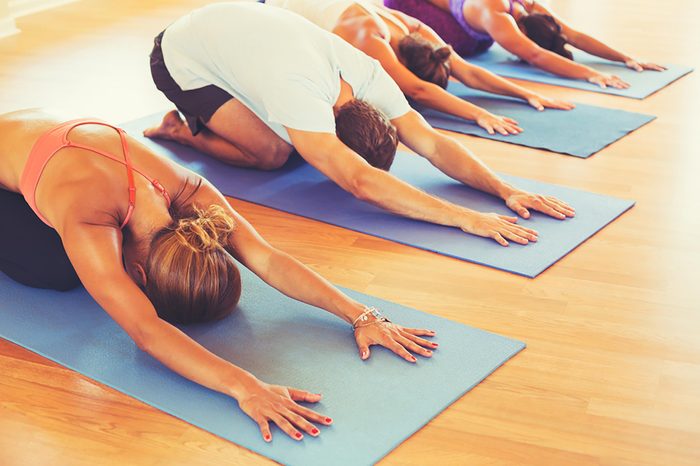
Myth: Yoga can fix any pain
Even Harvard Medical School has touted the benefits of yoga for pain relief of such conditions as arthritis, fibromyalgia, lower back pain, and more. We think of yoga as gentle, relaxing exercise—it’s anything but, and in some cases, it can actually make chronic ailments worse. “Yoga can be a creative form of exercise for many conditions, but it is not appropriate for everyone,” Palinski-Wade says. “If you suffer from joint pain, back pain, or have an injury, speak to your physician first to determine what form of exercise is safest for you.” In addition, yoga can cause injuries even if you don’t have a prior condition, according to research in the Orthopaedic Journal of Sports Medicine.

Myth: Six-pack abs mean you’re in the best shape
We’ve been conditioned to think that an “in shape” body means visible six-pack abs. But in reality, being able to see the muscles this close-up may mean that you don’t have enough fat, so it’s not necessarily a healthy goal, especially for women. “In order for your six-pack to show, your body fat levels have to be very low,” Palinski-Wade says. “For some individuals, especially females, having too little body fat can be damaging to health. Amenorrhea, or a lack of menstruation, can occur when body fat drops too low, which can lead to an increased risk of osteoporosis and impact reproductive health.”

Myth: If you feel OK working out, you’re not overdoing it
When you’re just starting on an exercise regimen, you might not be sure how much is too much. But if you’re feeling OK, you’re doing fine, right? Wrong. The pain you feel might not show up until afterwards, putting you at risk for injury. This is called Delayed Onset Muscle Soreness (DOMS), and according to the American College of Sports Medicine, jumping into, or returning to, a new exercise program with too much activity puts you at greater risk for damage and soreness. In rare cases, the muscle breakdown even places the kidneys in jeopardy, so if you experience severe swelling or dark urine, call your doctor.

Myth: No pain is no gain during exercise
Another workout myth is that you have to be feeling pain to see any results—the opposite of the previous myth. But again, this can put you at risk for injury. Pushing yourself is one thing, but “if you feel pain during exercise, you should stop,” Palinski-Wade says. “Some muscle soreness or fatigue can be expected during exercise, but actual pain is a sign that you may be injuring yourself.” The American College of Sports Medicine says that pain needn’t be present to achieve fitness gains, and if pain occurs, the exercise should be halted before injury occurs. “Working through pain could make an injury far worse and cause you to be sidelined from exercise for a longer period of time,” Palinski-Wade says.
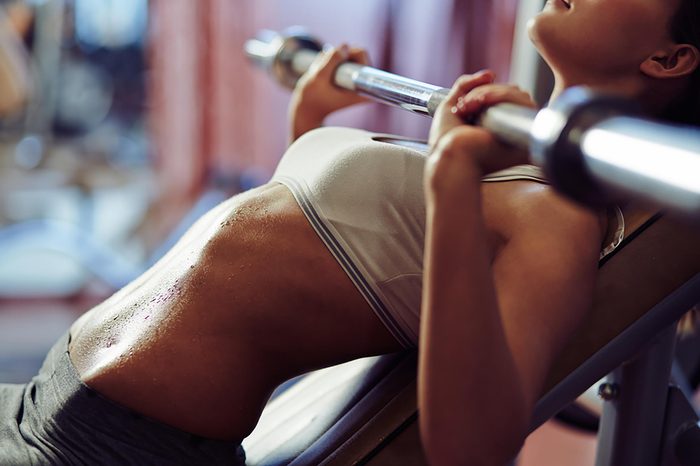
Myth: You have to break a sweat to get a good workout
Sweating doesn’t necessarily mean the workout is working—it just means you’re hot. And if you’re too hot (like if you’re wearing a sweatsuit Rocky-style to lose weight), it could put you at risk for exhaustion and dehydration. “The amount someone sweats can be based on many factors including hydration status, temperature, humidity, intensity of a workout, and genetics,” Palinski-Wade says. “Some people sweat very little, even during an intense workout, whereas others can pour sweat before they even begin a warm up. The effectiveness of your workout is not measured by the amount you sweat.” Watch out for these diseases you thought were gone but actually aren’t.

Myth: Stretching before a workout is all that’s necessary to warm up
You might remember in high school gym class doing a few static stretches before starting class—but in reality, stretching first might actually be harmful. “Muscles should be warm before a stretch or you increase the risk of injury,” Palinski-Wade says. Instead, a “dynamic” warm-up is better, which is a range of motion movements similar to what you’ll be doing during your workout. “Start with a brief warm-up, such as a brisk walk, before stretching,” she says. Stretching after a workout is still a great way to cool down as well as increase flexibility, Palinski-Wade says.
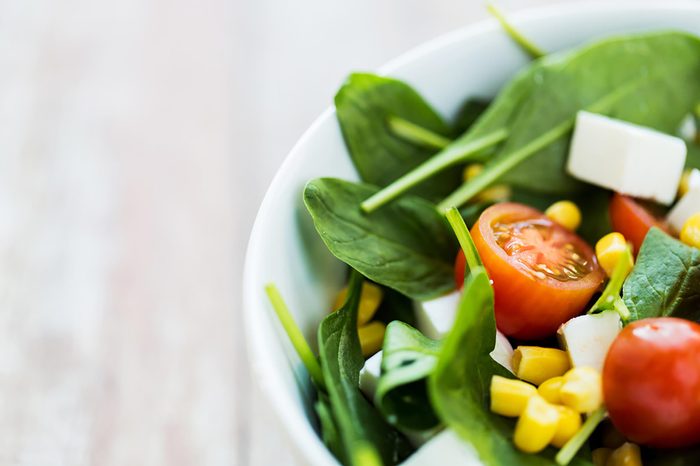
Myth: Eating less helps you lose weight
When you’re on a weight-loss plan, it would seem to make sense just to eat less—but that doesn’t always work, and could hinder your attempts at getting healthy. “All calories are not created equal,” Palinski-Wade says. “If you eat a diet rich in plant-based foods, fiber, and lean proteins, you can actually increase the volume of the food you eat while lowering calories and promoting weight loss.” Research published in 2018 in JAMA found that choosing high-quality foods instead of low-quality foods is a better strategy for consuming fewer calories and ultimately losing weight. “This is a much more effective weight-loss strategy as it prevents hunger and reduces cravings versus just cutting down on portions,” Palinski-Wade says.
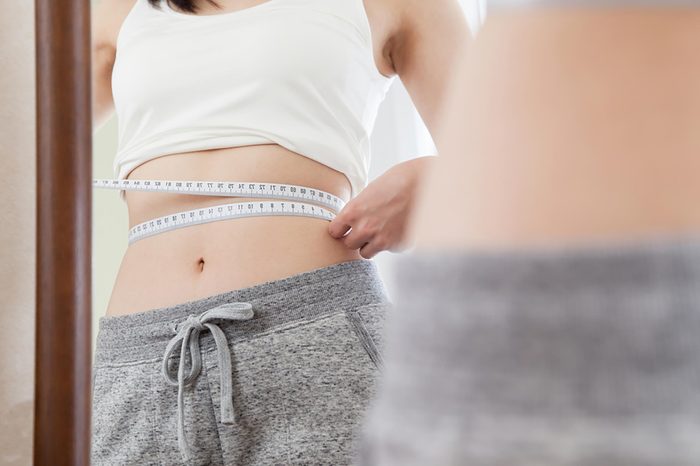
Myth: Thinner people are healthier
Although a healthy weight is to be desired, it shouldn’t be achieved at any cost, because simply being thin does not necessarily mean being healthy. The number on the scale only tells part of the story, Palinski-Wade says. “A ‘skinny’ person could have a poor diet and be at an increased risk for heart disease or metabolic syndrome in the same way a slightly overweight person could be at a decreased risk due to a very healthy diet or regular exercise,” she says. Simply aiming to lose weight without taking into account other factors, like getting enough nutrients and exercise, is not a healthy lifestyle. You’ll want to know the 50 daily habits of naturally thin people.
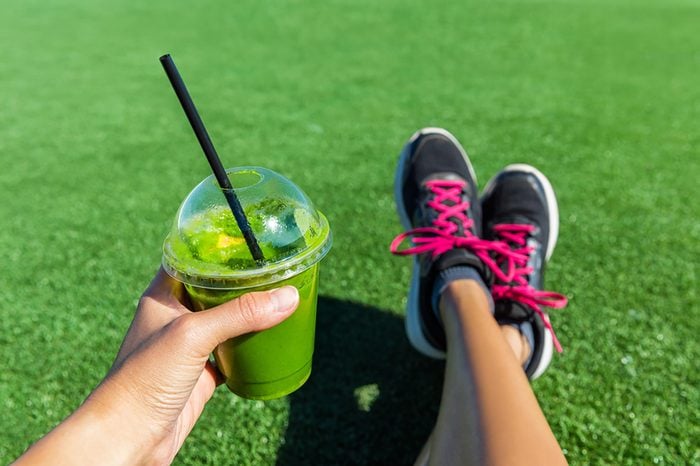
Myth: You need to cleanse your body of toxins
Modern trends like juicing, cleanses, and “detox” diets purport to rid your body of excess toxins and help clean out your system, but embarking on these programs can deprive your body of essential nutrients. “Our body has a built in system for removing toxins thanks to your kidneys, liver, and lungs,” Palinski-Wade says. “Following a ‘detox diet’ or taking a detox supplement is not necessary and could be potentially dangerous.”

Myth: Coffee will help you sober up
For anyone who’s drunk in the movies, give them a cup of coffee and they sober right up. But in real life, this doesn’t happen, and can be dangerous if you expect the caffeine to make you suddenly OK to drive. “No food or beverage sobers you up after consuming excessive alcohol,” Palinski-Wade says. “Only time can reduce the level of alcohol in your blood stream.”

Myth: Humans shouldn’t consume dairy
Although it’s true that 65 percent of the human population is lactose intolerant according to the U.S. National Library of Medicine, that doesn’t mean everyone should cut out all sources of dairy. Even for those who are lactose intolerant, some forms of dairy (like yogurt) may be still tolerable. Some research, like that published in Nutrients, finds that eliminating dairy without replacing it with other sources of calcium could put bone health at risk. And dairy may have other benefits as well. “Dairy has been associated with health benefits such as possible reductions in blood pressure levels and a reduction in body fat,” Palinski-Wade says.
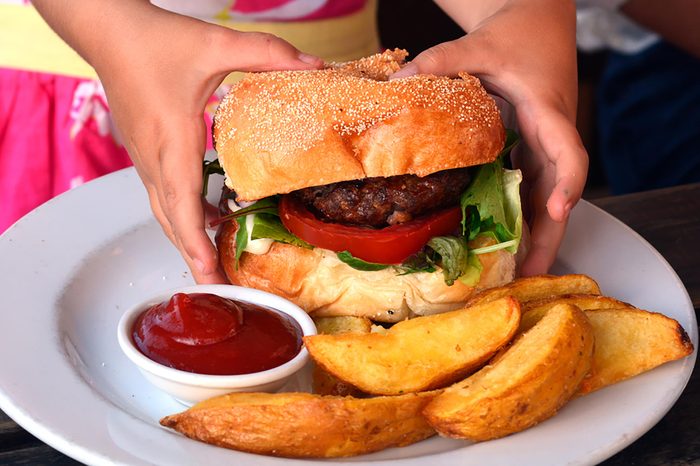
Myth: There’s no longer a need to worry about fat
For a long time, fat was the enemy, and low-fat “diet” products were released that instead contained high levels of processed carbohydrates and added sugars. Now we know added sugar may be even worse for you, and we do know that some fats are beneficial—but that’s not carte blanche to eat large amounts of any kind of fat you want. “Although the newest Dietary Guidelines for Americans do not restrict total fat intake, the type of dietary fat you consume plays a large role on health,” Palinski-Wade says. “Saturated fat should make up no more than 10 percent of total calories, while trans fats should be limited as much as possible.” In recognition of the negative effects on heart disease risk, the FDA banned the use of artificial trans fats in food. So which fats can you eat? “Consume a diet rich in plant-based fats as well as marine-based omega-3 fatty acids for the most health benefits,” Palinski-Wade says.
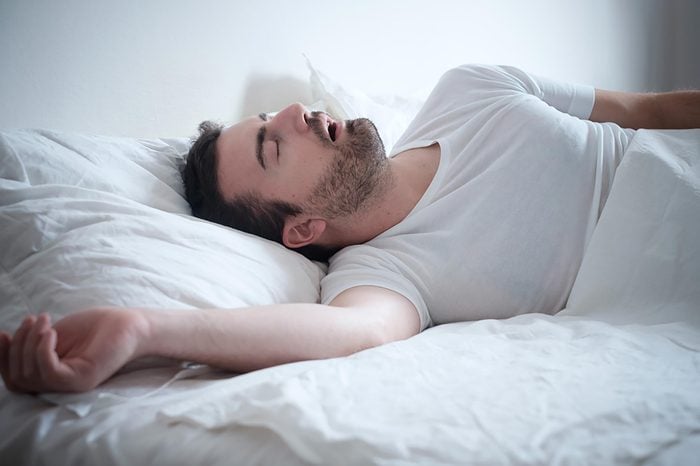
Myth: It’s normal to snore
Snoring is common, but that doesn’t mean it’s not harmful. According to the National Sleep Foundation, chronic snorers with obstructive sleep apnea may have an increased risk for heart disease. Other research found that snorers also have a greater risk of Alzheimer’s disease. Watch out, your snores aren’t just annoying—they could kill you.

Myth: Sleepwalkers shouldn’t be woken up
According to the National Sleep Foundation, it’s a common misconception that sleepwalkers shouldn’t be woken up. If they’re not, they could get into dangerous situations, like driving a car, or could hurt themselves or others—so it could actually be harmful not to wake them. “There is no documented evidence that waking a sleepwalker is damaging,” says sleep expert Richard Shane, PhD, creator of the Sleep Easily method. “Wake a sleepwalker gently so they won’t be as startled and can easier reorient to their surroundings.” But if the sleepwalker will allow themselves to be guided back to bed, you could try that, too.
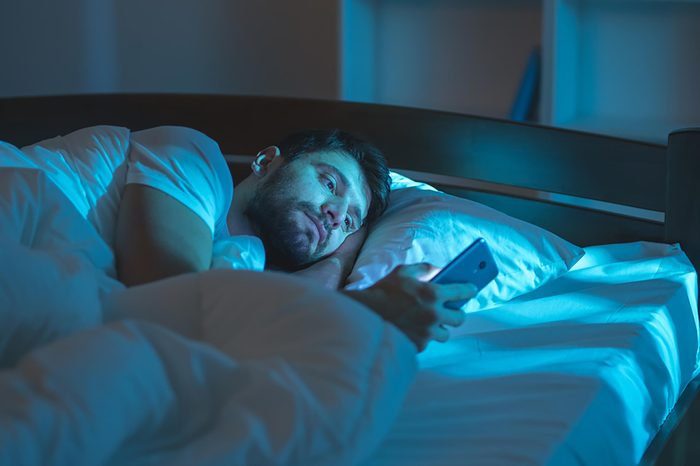
Myth: Some people only need a few hours of sleep
We all know one of those people who claim to only need four hours sleep a night. But according to a University of Utah study, the brains of people who said they only needed—and got—four to six hours a night didn’t function optimally, even if they felt OK. Although Dr. Shane says scientists have discovered a gene that may explain how some people can get by with just a few hours of sleep, this is very rare. “The rest of us need seven to eight hours each night to stay healthy and function well,” he says.
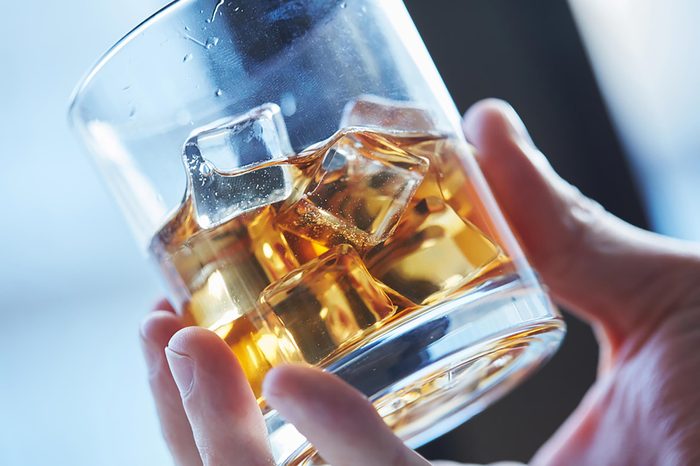
Myth: Alcohol helps you sleep
Drinking a “hot toddy” or any other alcohol before bed may make you sleepy, but it won’t be good sleep. “Alcohol can help you fall asleep—the problem occurs as the alcohol is metabolized in your body, that contributes to early and unwanted awakenings,” Dr. Shane says. “These are often accompanied by heart pounding, which makes it more difficult to fall back to sleep.” Shut-eye induced by alcohol is also not as restorative, he says, because it blocks REM sleep. And according to the National Sleep Foundation, drinking alcohol to combat insomnia can actually make the problem worse.
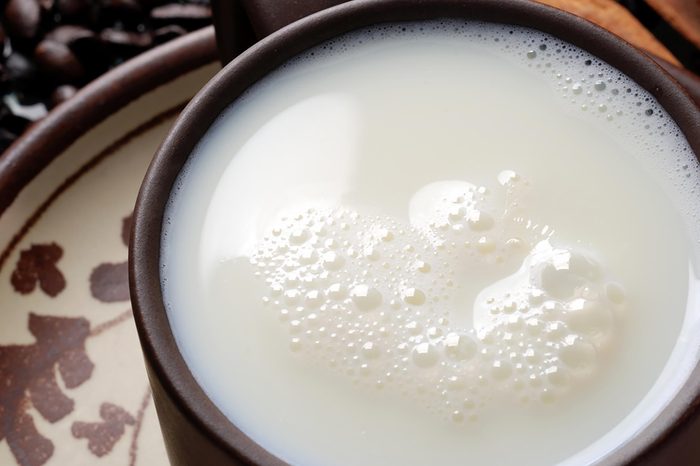
Myth: Counting sheep, warm milk, or eating turkey will help you sleep
Many myths abound for how to fall asleep, but unfortunately, most of these old remedies don’t actually work, and could delay real treatment for insomnia. In terms of visualization to help you sleep, “studies show that people counting sheep took longer to sleep than people who envisioned other relaxing images, such as a beach or a fireplace,” Dr. Shane says. The idea behind the turkey myth is that an amino acid called tryptophan makes people sleepy, but Dr. Shane says, “to get enough tryptophan to make you sleepy, you would have to eat five and a half pounds of turkey.” The real reason we feel tired at Thanksgiving is that we’ve had a huge meal and probably alcohol as well. And what about the warm milk? “It is likely that milk helps people feel comforted—and sleepy—because it is associated with childhood, and being cared for and then tucked in bed,” Dr. Shane says. While none of these are harmful in and of themselves, they might not be effective if chronic insomnia is a problem. (Here are 50 easy ways to sleep better.)
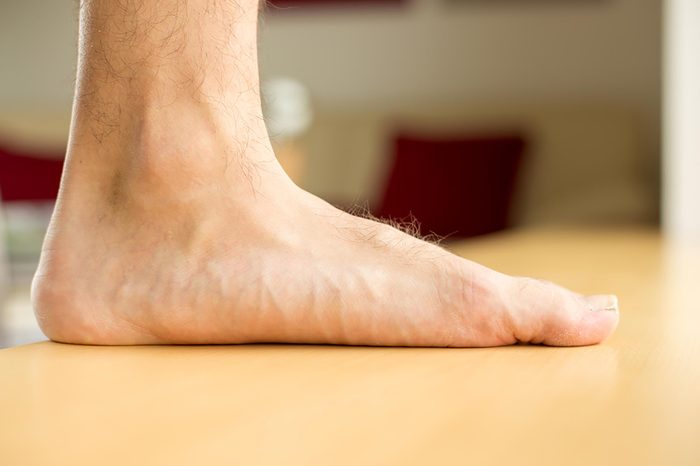
Myth: Flat feet prevent you from playing sports and walking long distances
Having a low arch in your foot (“flat feet”) used to be a reason to avoid joining the army, but new thinking finds the supposed link between risk of injury and flat feet to be false. Mentioned in a review of research, a study of Israeli soldiers discovered that those with low arches were actually less prone to injury than those with high arches. Other studies reviewed found no difference. Buying into the old myth could have you believing you need to be “fixed” or can’t engage in as many physical activities, so you’d miss out on many the benefits of exercise.
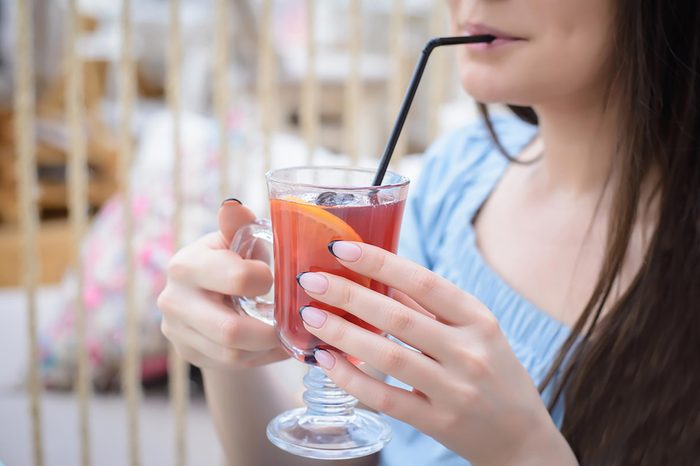
Myth: Alcohol will warm you up
Should you ever find yourself outside in the cold, don’t think that drinking alcohol will warm you up—in fact, it will make you colder. “Your body protects itself from the cold by shunting blood away from your skin, and into your core where it is easier to keep warm,” says Julie Munger, a wilderness medicine expert, EMT, and founder of Sierra Rescue. “Alcohol reverses this process, which allows more heat to escape and for the cold air around you to cool your body quicker.” Although your skin may initially feel warmer, this is because the alcohol is opening up your blood vessels—allowing blood to flow away from your vital organs and making you more vulnerable to hypothermia. News reports show that people have died from being out in the cold after drinking too much.

Myth: A hot bath can cure hypothermia
If someone is extremely cold, it can be tempting to treat them by immersing in a nice hot bath—but if hypothermia is severe, this won’t work. “If you are so cold that you are stumbling and not actively talking, this can be very dangerous,” Munger says. “As your body gets colder, your heart tissue becomes more sensitive, and your liver and kidneys stop functioning properly.” Rewarming too suddenly can be too stressful on the body. Munger advises warming in a hospital setting, but if that’s not immediately possible the CDC says to warm the person’s core using dry blankets or body heat. (These are the health myths make doctors cringe.)
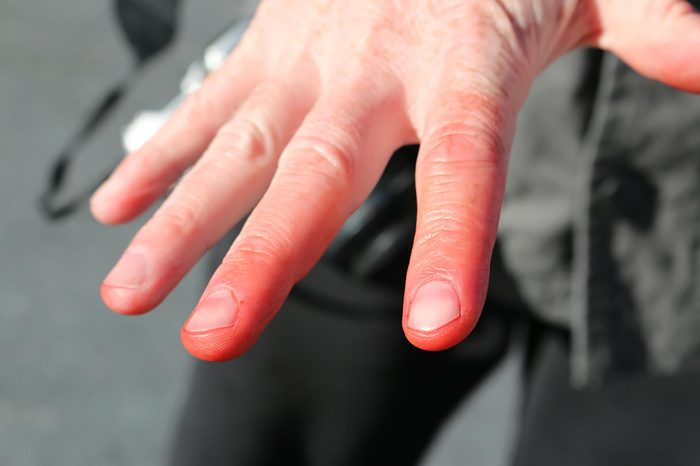
Myth: You should rub frostbite to warm up
When we’re cold, the temptation is to rub our hands together to warm ourselves up. But if someone has developed frostbite, this is the worst thing you can do, as rubbing will further damage the tender skin. “Freezing your fingers or toes, is like freezing meat—along the way, your tissue starts to form into ice crystals, which is called frost nip,” Munger says. “If you rub to warm up, the sharp crystals can do more damage to your tissue, causing them to swell more once they are rewarmed.” Instead, the CDC says to get the person inside (without walking on frostbitten toes, which can also do more damage) and rewarm by placing affected areas in warm water or using body heat, if emergency help is not immediately available. But the best cure for frostbite is not to let it happen. “Never let your appendages get that cold in the first place—prevention is the absolute best!” Munger says.
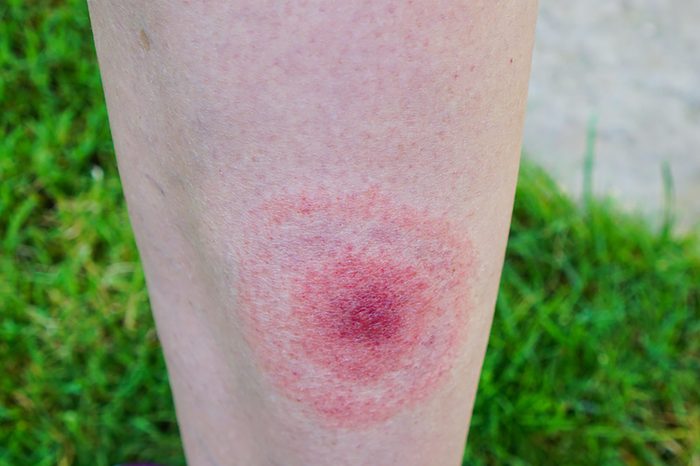
Myth: If you don’t have a bull’s-eye rash, you don’t have Lyme disease
A rash resembling a bull’s eye, technically called erythema migrans, is the classic sign of Lyme disease, which is spread by ticks. But thinking that you don’t have the infection if you didn’t develop the rash could lead you to not get early treatment, which is crucial in preventing long-term damage to the nervous system and joints. A bull’s eye appears in only 70 to 80 percent of cases, according to the CDC. Other symptoms can include fever, chills, headache, fatigue, and muscle aches—so if you have these symptoms and have been bitten by a tick, get to the doctor even if you don’t have the rash. (Watch out for these myths that even doctors fall for.)
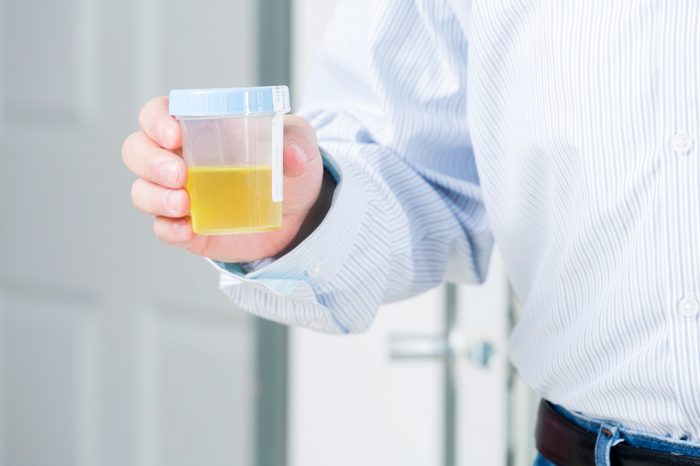
Myth: You can drink your own pee
Besides this being gross, in survival situations, it doesn’t always work depending on your level of dehydration—and won’t work for very long regardless. “While it will help keep you hydrated initially, you are also drinking the waste that your kidneys have filtered out—those waste products are not good for you, which is why your body is getting rid of them,” Munger says. “The more dehydrated you get, the more waste products are filtered.” If your urine is clear, there’s more water in it, but if it’s dark yellow it’s mostly waste. And the more times it goes through your body, the worse it gets, so processing it uses more energy and could bring on kidney failure. “It may be a good idea for a day or two, but eventually the toxicity will be too hard on your kidneys,” Munger says. Even the U.S. Army Field Manual has urine on its “Do Not Drink” list.

Myth: Humans can eat anything animals can eat
If you’re ever in need of food in the wilderness, thinking that you can just copy what the animals are eating could get you into serious trouble. “This could not be farther from the truth,” Munger says. “Different digestive systems have evolved to process different types of foods. Humans have a different set of digestive enzymes and bacteria than many animals.” Although this applies to plants and berries as well, it may also be part of why humans shouldn’t eat raw meat—if it’s fresh and free of parasites (hello, steak tartare) it’s OK, but you’d get sick if you ate the rotting roadkill that keeps vultures alive. Likewise, carnivores like lions have stronger stomach juices than omnivore humans. This likely has to do with evolution—cooking our food made it more easily digestible and allowed more nutrients to be extracted.
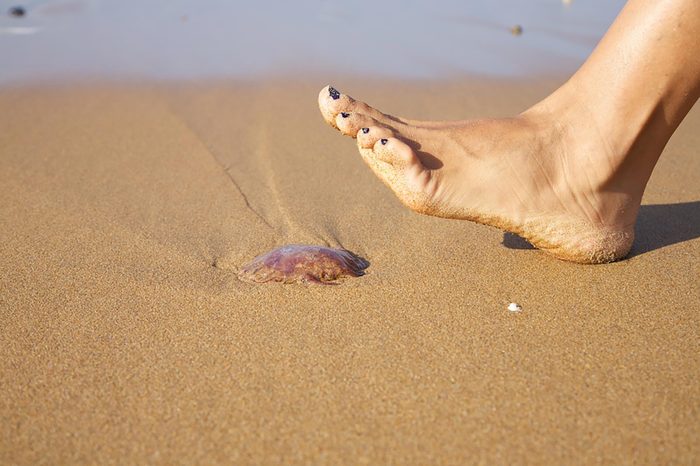
Myth: You should pee on a jellyfish sting
Remember the theory of “urine therapy”? Thanks to a very popular episode of Friends, common thinking has it that urine will take the hurt away from a jellyfish sting. “Peeing on a jellyfish sting may very well make the pain worse,” Munger says. “Anything that alters its environment may cause it to shoot more venom and increase the pain.” The thinking behind using urine is that the salt in it will help calm the sting—but a better treatment might be right in front of you. “The best thing you can do is rinse with salt water, which will most likely help by keeping the jellyfish from releasing more poison,” Munger says. “Usually, urine does not contain enough salt to mimic this.” Depending on how concentrated the pee is, “it is more like fresh water, which will make the pain worse.” But scientists are still debating the best method—a 2017 study in Toxins found that seawater was not as effective as vinegar, although it supported the argument that urine doesn’t work. (Here are the first aid tricks doctors actually wish you knew.)
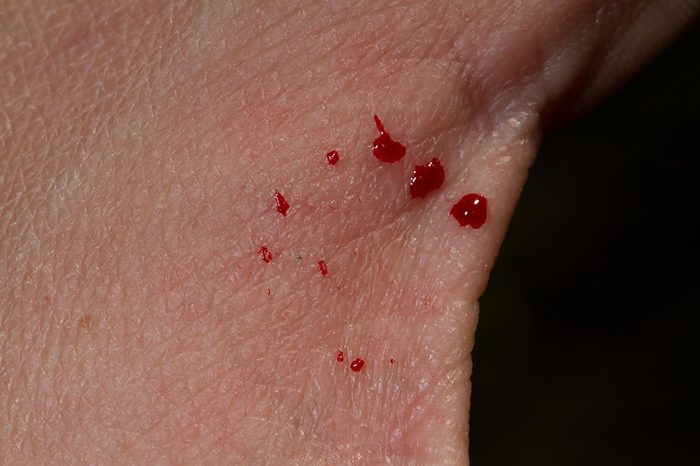
Myth: You should suck out poison from a snake bite
You’ve probably seen a movie character sucks the poison out of a snake bite—but this is not an effective way to get rid of venom, and could make the affected area worse or delay getting medical treatment. “It just does not work, so we do not cut or suck anymore” Munger says. Instead, just get to an ER. If you can, take a picture of the snake for the doctors—but don’t try to capture it as that could result in another bite! “Most snake venom has an anti-venom that must be administered in a hospital,” Munger says. “In the meantime, stay hydrated and allow the bite to swell, as this is the body’s way of trying to dilute the toxin.” The CDC says that 7,000 or 8,000 people receive venomous bites per year, but only five die, so the odds are in your favor.
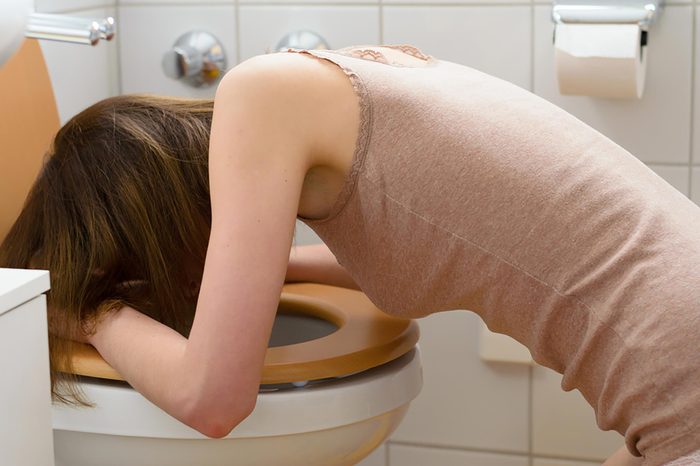
Myth: You should induce vomiting after ingesting poison
For years parents were told to have ipecac syrup on hand in case of poisoning, because it will induce vomiting to remove the toxins. But according to Poison Control, it is no longer recommended because vomiting doesn’t improve poison outcomes, and in fact could even make it worse. If your child has swallowed a poisonous substance, throwing it up could cause more damage to their insides. “The treatment for any toxin is to try to remove and/or dilute,” Munger says. “Any ingested poison that will cause damage to the throat coming back up should be diluted, not removed via vomit.” Instead, call Poison Control immediately at 800-222-1222 and follow their instructions, or 911 for critical cases.
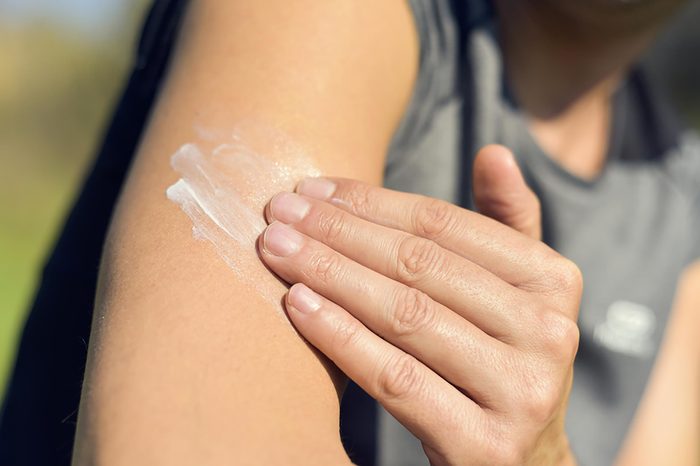
Myth: Sunscreen will fully protect you from skin cancer
Although wearing sunscreen is always a good idea, it doesn’t completely reduce your risk of skin cancer—and not picking the right one could cause you to be in greater danger than you realize. According to a survey from Northwestern, consumers continue to be confused by sunscreen labels, and have misconceptions about the important factors in sunscreen, including an “over-reliance” on the SPF value. SPF is not the whole story—you need a sunscreen that protects against UVB and UVA rays, which is indicated by the term “broad spectrum,” according to the American Cancer Society. And although you should use an SPF of over 30, once you get above that the numbers don’t mean so much—for example, SPF 30 blocks 97 percent of the sun’s rays, SPF 50 blocks 98 percent, and SPF 100 blocks 99. Whatever kind you use, the American Cancer Society says it shouldn’t be an excuse to prolong your time in the sun.
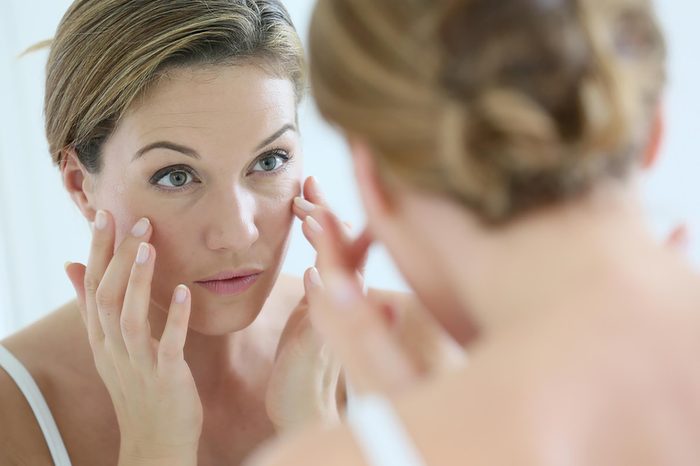
Myth: It’s normal to get dementia as you get old
According to the Alzheimer’s Association, the loss of memory and brain function is often thought to be an inevitable part of aging—but that’s not the case. Believing in this myth could prevent you from taking steps to lower your risk of dementia and Alzheimer’s. “Studies have shown that exercising and eating a healthy diet benefit not just our bodies but our brains as well,” says Pinchas Cohen, MD, dean of the USC Leonard Davis School of Gerontology. “Healthy lifestyles reduce risk factors for cardiovascular disease and other illnesses that are associated with increased dementia risk.” In addition, mind-stimulating activities such as games, puzzles, reading, and playing music can help keep your memory sharp.
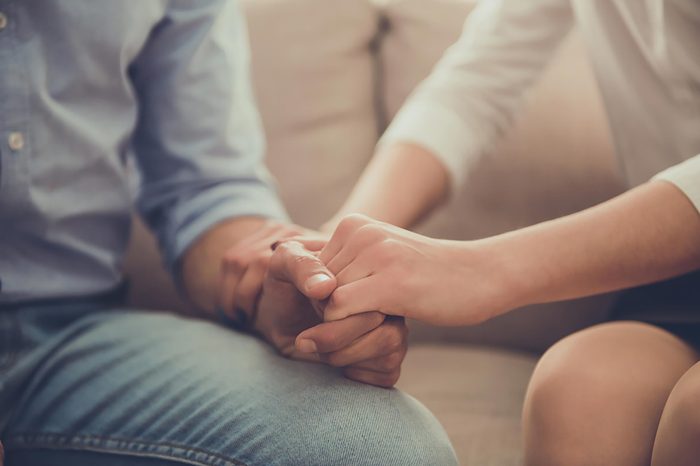
Myth: Mental illness can be cured with willpower
The attitude still persists that mental illnesses such as depression can be cured simply by “snapping out of it.” “These willpower myths come from the long-standing misinformation that mental illness is not a real illness,” says psychologist Deborah Serani, PsyD, award-winning author of Living With Depression. This thinking, though, could hinder those who suffer from mental illness from getting the help they need. “You wouldn’t tell a person with a broken leg that he needs to will his bone to heal faster, and it would be cruel to shake a finger at a cancer patient and say her laziness is preventing remission,” Dr. Serani says. “But the general public does this to many people who live with mental illness.” According to the U.S. Department of Health and Human Services, mental illness can be caused by many factors including genetics, trauma, and brain chemistry. It is treatable, but only 44 percent of people with it get help. These mental health myths need to be set straight right now.
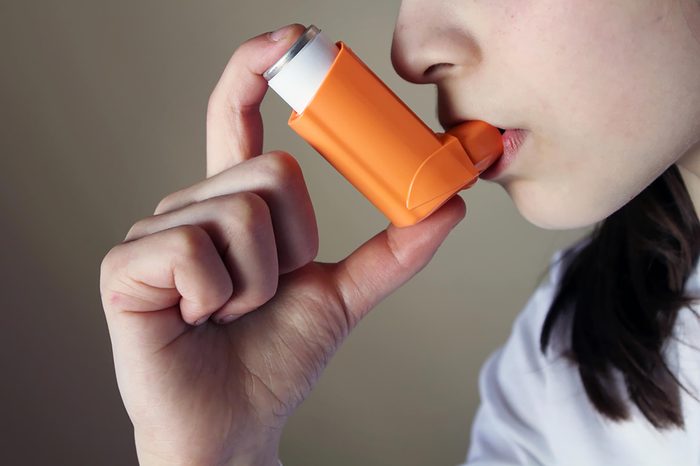
Myth: You shouldn’t exercise if you have asthma
This myth came out of recommendations from doctors in the 1970s and ’80s and is no longer valid, says David Beuther, MD, a pulmonologist at National Jewish Health in Denver, Colorado. Adhering to the old advice might get you out of gym class, but it also deprives you of the many health benefits of exercise. Plus, avoiding exercise does more harm than good when it comes to your asthma—physical activity can help alleviate symptoms, according to a recent study. “Exercise is very beneficial in asthma and in fact when a person with asthma takes a very deep breath, that causes the airways to open up a little bit like you took some medication,” Dr. Beuther says. “We see that if you exercise there’s often improvement in lung function.” Some exercise environments may be more comfortable than others, particularly if you have exercise-induced asthma. Swimming is often preferred because of the moist environment, whereas the cold of winter sports can trigger asthma symptoms. Talk to your doctor if you have exercise-induced asthma, but taking medication ahead of time, choosing activities carefully, and avoiding pollution and pollen exposure may help.
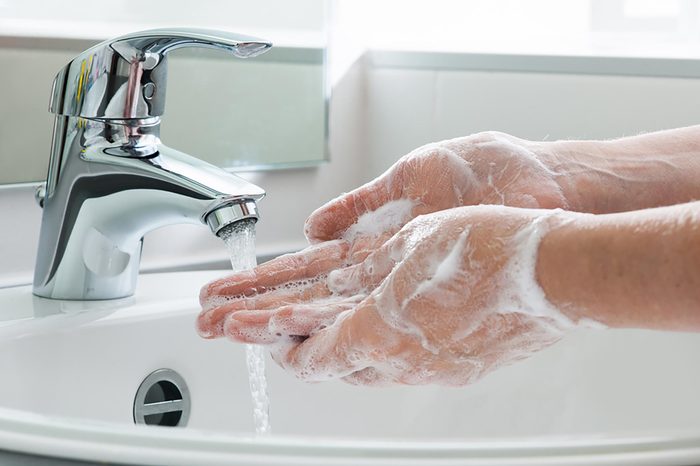
Myth: Hot water removes germs during handwashing
If you’re worried about germs, you’re probably tempted to turn up the water as hot as possible. But not only does this not work to kill more germs, it also puts you at greater risk of getting burned, as well as irritating your skin and causing contact dermatitis. The CDC also says the temperature of the water doesn’t matter for proper handwashing. If you want to wash your hands effectively, make sure to avoid these common handwashing mistakes.
